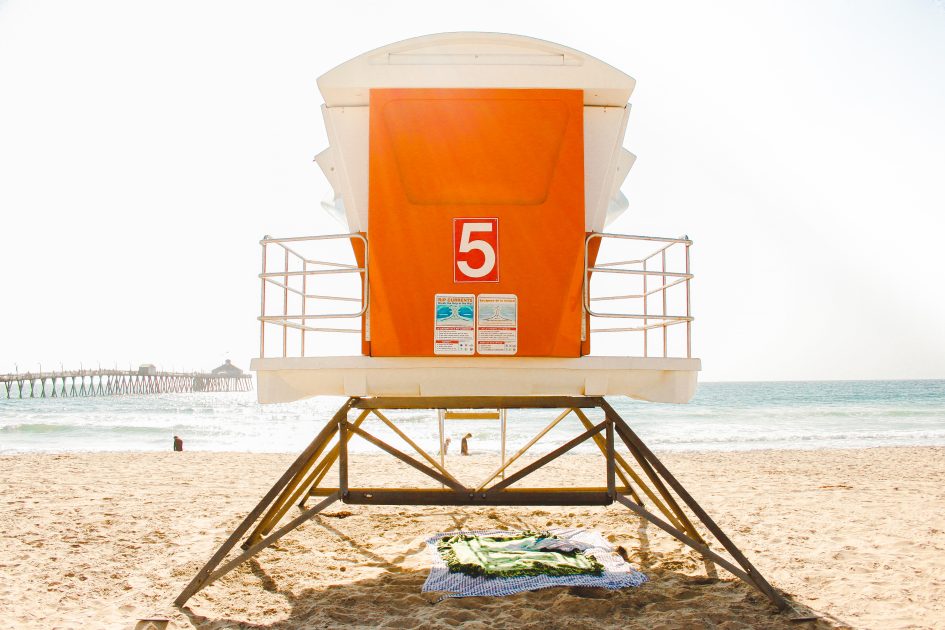Whether it’s a lake, ocean or river, spending time in the water is synonymous with summer. Unfortunately, there are about 10 nonboating-related drowning deaths per day in the United States. This is the perfect time of year to launch a water safety campaign at your organization to keep your employees and their loved ones safe as they stay cool this season boating, canoeing or traveling to a beachside vacation spot.
Here are a few general water safety tips to get your campaign started:
- Learn how to swim; it’s the best defense against drowning – a leading cause of unintentional death.
- Swim in designated areas close to lifeguards.
- Before diving into water, check its depth and look for obstructions. To protect your neck, jump in feet first.
- Before swimming at a beach, check the water conditions and look for warning flags and signs.
- Practice ocean safety:
- Watch out for dangerous aquatic life.
- Beware of deadly rip currents – narrow, powerful currents that flow out from the beach. They tend to exist around structures, so stay at least 100 feet from jetties and piers.
- Never turn your back to the ocean because sneaker waves – large waves that come without warning regardless of weather or seasonal conditions – can knock you over and pull you into the ocean.
- Be mindful of sharp reef rock while exploring tide pools or surfing.
- If you get caught in a rip current:
- Stay calm and don’t fight it. You usually can’t overpower it, but you can outsmart it. Swim parallel to the shore until you’re out of the current, then start swimming to shore.
- If you’re unable to swim to shore, float or tread water until you’re free of the current, then head in.
- If you can’t make it to shore, attract attention to summon help.
- If you see someone in trouble, get a lifeguard, call 911, throw the swimmer something that floats and/or yell instructions on how they can escape.
- When in open water, use the buddy system.
- Wear a life jacket while boating, kayaking or paddleboarding. If you keep life jackets aboard the boat, avoid tying them up, to ensure they’re readily accessible.
- If there’s a storm, wait at least 30 minutes after the last thunder boom before heading back to the beach.
- Test the water. Dirty pool and hot tub water can cause gastrointestinal distress, infections and other serious health problems. Use home test strips to make sure disinfectant levels are high enough.
- Follow the rules of river safety:
- Wear shoes; river bottoms can be sharp and very slippery.
- Don’t overestimate your swimming abilities; many people drown trying to swim across rivers.
- Be mindful of foot entrapment. River bottoms often have obstacles that can pin you down, and powerful currents can hold you underwater, even overpowering floatation devices. Since it’s difficult to get loose in these situations, prevention is the best strategy. Never put your feet down or stand up unless the water is calm or the depth is below your knees.
- If you capsize while canoeing or kayaking:
- Save people first, then worry about equipment.
- Assume the safety position: stay on your back with your feet up, facing downstream.
- Stay upstream of your boat to avoid getting pinned.
- Never try to swim against the current.
Sources

